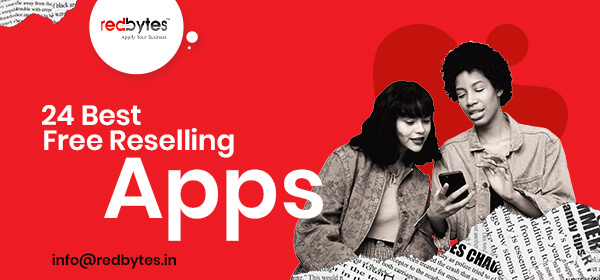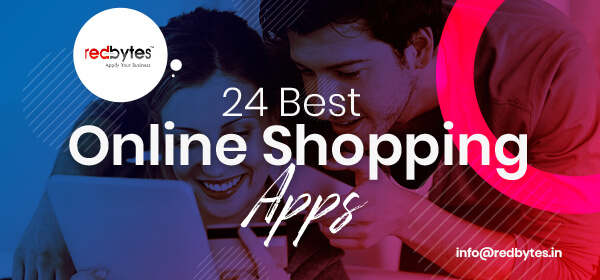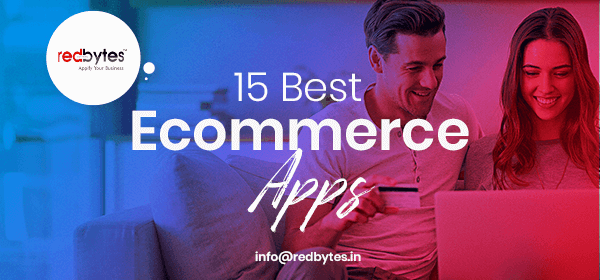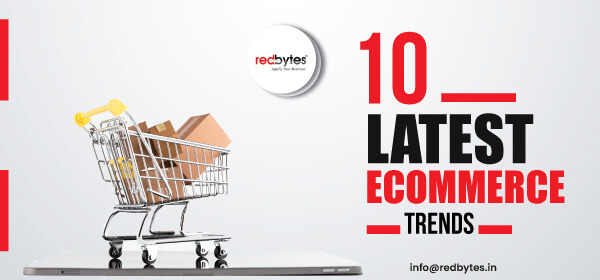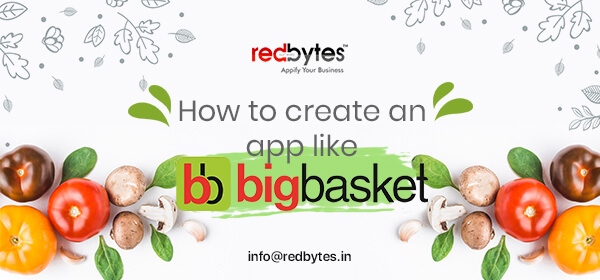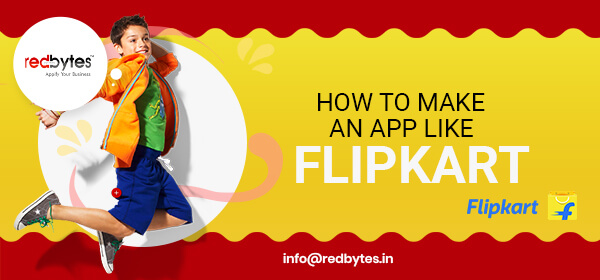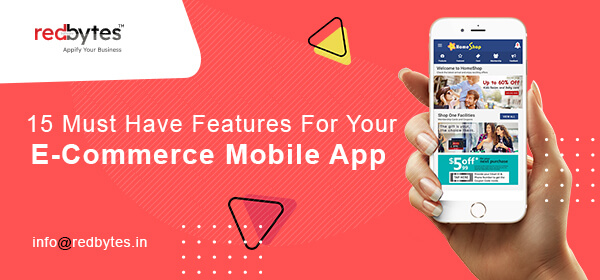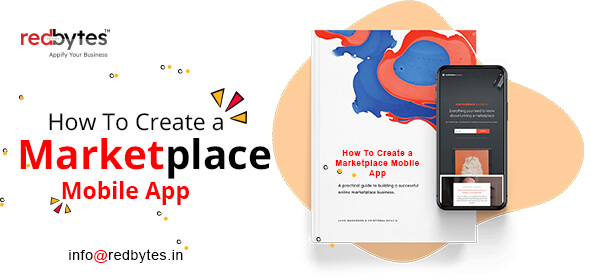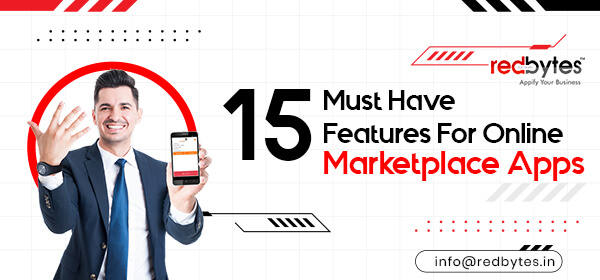Most houses will have a few items that are longer in use but simply clutters the space that you could otherwise use productively. It might be a pile of clothes you no longer wear or a bicycle now too small for your grownup kid, or a piece of furniture you want to resell and buy a new one.
These items that are no longer of value to you may be a treasure to many people out there. So why not resell those stuffs to the needy? The best way to get rid out of those unusable junks is to list them on reseller apps using just a few simple clicks which could even help you earn some money.
There are many user-friendly reseller apps in the digital market that help you sell second-hand goods and make some money. All you need to do is to take a clear photo of the item and upload them inside the app.
Here is the list of 24 best reseller apps you can consider to buy and sell used items:
1. eBay

eBay is believed to be a marketplace for selling items that are shipped. But not necessarily as buyers can be from any part of the world or far side of the country.
Local listings are allowed on eBay for items that are large and bulky and can be picked up using ‘Local pickup only’ if you don’t want to bear shipping cost. eBay lets you sell almost anything almost anything.
Even local businesses also list on eBay to boost their sales and sometimes offer free delivery.
App Features
- Save money with deals at your fingertips
- Buy and sell offers on the eBay marketplace
- Sell items with ease, simply scan & list
- Ability to search for discount deals
- Easily bid on an auction on the go
Ratings: 4.7/5
Installs: 100,000,000+
2. Carousell

Carousell is emerging to be a popular app in the category with a range of distinguishing features for sellers and buyers. Like many others, Carousell also allows you to sell items across wide categories including clothing and automobiles.
Moreover, the listing can be published on social media where your friends can share it among their different circles.
App Features
- Set up your store quickly & seamlessly to sell new or second-hand items
- Allows free listings with up to 10 photos for sellers
- 24/7 customer support
- Wide categories of items
- Boost credibility by connecting via platforms like Facebook
Ratings: 4.7/5
Installs: 10,000,000+
3. Mercari

Mercari is a user-friendly platform where you can sell and buy used or new handmade items, video games, antiques and collectibles, DVDs, beauty products and clothes and more.
Sellers can easily put snaps of the items along with description of price, brand, condition, and shipping cost. They can choose whether to pay for the shipping or make buyers pay for it. Sellers can list the items for free of cost.
App Features
- Fast and easy way to sell (or buy) almost anything
- Exchange items easily with home pickups and same-day delivery
- Sell anything from comfort of home with no meetups
- Printable shipping name messaged to you when your product sells
- Free shipping for millions of items
- 24/7 customer support
Ratings: 4.6/5
Installs: 10,000,000+
4. CarWale: Buy-Sell New & Used Cars, Prices & Offers

This is one of the top-rated reseller apps in India to research, sell and buy new or used cars. Aspirants can use this platform to easily connect with the nearest car dealers for the best offers.
Users can choose from more than 50,000 verified used car listings from genuine sellers at affordable rates. Sellers can use the car valuation tool to know the possible right price to list for the specific car.
App Features
- List the second-hand car in a few simple steps
- Easily get connected with genuine buyers
- Get answers to all your car related queries
- Car comparison tool lets you compare different cars
- Buyers can share shortlisted cars and details with friends
Rating: 4.6/5
Installs: 5,000,000+
5. ShopUp Reseller

Are you looking to set up a hassle-free online business where you can resell the old items and earn some money? This is an amazing platform for young entrepreneurs with desire to become an online reseller with just a few simple steps.
Sellers can run the business with ease as they do not have the hassle of sourcing, packaging or delivery which will be handled by experts in the field.
App Features
- Simple and intuitive interface
- Users can choose from over 1,00,000+ product catalogue
- Simple registration and start earning from comfort of home
- Sellers get notified when products go out of stock
Rating: 4.6/5
Installs: 500,000+
Download: Android
Read Also: 24 Best Online Shopping Apps 2023
6. Shop 101

Shop101 is one of India’s best reseller apps which empowers little/ home-based business visionaries to set up online business. Ease of use is the highlight as an internet store will be a reality in less than 2 minutes.
It has got a wide acceptance in a short span of time with over 90 lakh registered resellers & 20,000 wholesalers.
App Features
- Best profit margins and cash back offers
- Wide range of product listing
- Start earning with zero investment
- Expert resellers give quick hacks on improving business profits
- Earn a commission through refer and earn feature
Ratings: 4.5/5
Installs: 10,000,000+
7. Meesho

Meesho is an Indian social commerce app established by IIT Delhi graduates ViditAatrey and Sanjeev Barnwall in December 2015. It empowers little businesses and people to begin their online stores through social channels.
The platform is trusted by over 1 crore resellers and it covers over 3 lakh products in about 150 + categories.
App Features
- Easy formalities to start the business
- Products available for cheap rates
- Easy return policy
- Earn commission on every product you sell
- Availability of Cash on Delivery
Ratings: 4.5/5
Installs: 50,000,000+
8. Dukaan – Create Online Dukan. Grow Your Business

This is one of the top-notch reseller apps that lets users to sell anything through Whatsapp. Whether it is grocery, clothes, furniture, pharmacy, real estate, this reseller platform lets you run your business online at ease.
Its user-friendly business catalogue maker enables you to set up the online store in seconds and lets you share the digital catalogues through different social media platforms.
App Features
- Get your own custom domain name and app
- Customizable social media story templates
- View sales reports by day, week, or month
- Turn on or off product availability
Rating: 4.5/5
Installs: 1,000,000+
Download: Android
9. GlowRoad

GlowRoad is trusted by 60,000,000+ clients which incorporates housewives, beauticians, boutique owners, etc. It has over 1 lakh+ high-quality items in over 300+ categories for discount costs.
This is one of the reseller apps that let you set up your own e-commerce store in a few simple steps. Quality analyst team makes sure that users are selling only high-quality products to the customers.
App Features
- Easy to use app interface
- Timely delivery with free shipping and COD options
- Appropriate pricing for products
- Easy return policy
- Get exclusive member-only deals with GlowRoad membership program
Ratings: 4.4/5
Installs: 10,000,000+
Downloads: Android
10. VarageSale: Sell simply, buy safely

This is a virtual garage sale buy and sell app where users can list out the second-hand items in just a few seconds. A manual review process can be requested before buyers commit on the product purchase.
Easily schedule meetups with the members or review average response times and member ratings beforehand.
App Features
- Easily filter out categories of no interest
- Offers a personalized shopping experience
- Service is absolutely free of cost
- Buyers can easily search for desired items
Rating: 4.3/5
Installs: 1,000,000+
11. Popsy – Buy & Sell Used Stuff

This is a fast, safe and 100% free reseller app where users can sell off items that are longer in use and earn money. With no transaction fees or commissions, sell anything of your choice without any hurdles.
Buyers can feel safe to purchase products as they are protected with money back guarantee for products that do not meet the requirements or expectations.
App Features
- Easily classify products into categories
- Set up instant and private conversations with interested buyers
- Navigation and Quick Search features for buyers
- Products can be filtered with distance, price, and date
Rating: 4.3/5
Installs: 1,000,000+
12. Shopmatic

Shopmatic is a great platform for anyone to set up a proficient online shop in less than 2 minutes without any additional charges. With their four eCommerce solutions, selling products online is now easy through webstore, chat selling, social selling or marketplace selling.
Users just need to pay only a 3% of the transaction value once they successfully sell their items.
App Features
- Sign up with zero upfront fees
- Easily set up SEO friendly webstore
- Enable various domestic and international payment options
- Great user experience
- Transaction model & subscription model available
Ratings: 4.3/5
Installs: 1,000,000+
13. LetGo

LetGo is literally your life saver app probably because of the utmost convenience experienced by users while listing and selling used items. Whether it is second-hand electronics, gaming, cars or housing, buyers can find the best deals in this fastest growing marketplace with over 100 million installs.
Buyers can enter the zip code and Letgo will populate the list of products nearest to them. They also support its users living in rural area.
App Features
- Easily find product for sale nearby
- Check user profiles, ratings, and review before committing
- Chat instantly to clear any queries
- Buyers can choose from over 200 million listings
Ratings: 4.3/5
Installs: 100,000,000+
14. 5miles

5miles is another simple and convenient option for selling old items especially when you live in an urban location. As this reseller app offers rich local listing, users can easily spot out what nearby sellers are listing.
It allows you to list anything ranging from furniture, home improvement kit, antiques, auto parts and more. Buyers can feel comfortable as they offer refund policies for products that do not meet quality.
App Features
- Easily buy and sell within 5 miles
- Verifies the identity of all users to keep away frauds
- Move listing to top of feed using Boost
- Active review for the posted feedbacks
- 5miles Dash lets you to bid on brand new items
Ratings: 4.2/5
Installs: 5,000,000+
15. OLX India

OLX India is a free app where users can purchase or offer used items locally. Buyers can choose from over 3 million listings and the product portfolio ranges from clothes, furniture, books to cars and preowned studios.
Sellers can simply snap a photo and create a listing in seconds to earn money for the unused items at home.
App Features
- Create your own OLX profile
- Format to provide detailed product summary
- Instantly chat with users to offer deals
- Easily find verified sellers in your neighbourhood
- Effortlessly manage and edit the ads
Ratings: 4.2/5
Installs: 100,000,000+
Read Also : 15 Best Ecommerce Apps 2023
16. Quikr

Quikr is a free reseller app where you can offer used items such as cars, bicycles, gadgets, furniture and more in just a few simple steps. It is designed with an easy-to-use interface and features online transactions & doorstep delivery to add to the user comfort.
App Features
- Find used products for low prices
- Choose second-hand products based on model and brand
- Easily find properties for rent or sale
- Direct call option to easily connect with buyers and sellers
- Avail Pick-up and Drop-off service for anything
Ratings: 4.2/5
Installs: 10,000,000+
17. Amazon Seller Market place

It is a top platform for users to resell anything from clothes, electronics to books and earn money. Those who are looking for an extra income can buy stuffs from wholesalers and resell it at ease in Amazon to get decent profit. The quality assurance is the key feature of the platform and there are teams to verify the product usability.
App Features
- Easily create profile via social media
- Hassle free returns and replacements
- Free delivery for certain products
- Cash on Delivery option available
- 24/7 customer service support
Ratings: 4.2/5
Installs: 100,000,000+
18. Facebook Buy & sell groups

Facebook is undoubtedly the most successful social media platform and its sell and buy option is a lot easy and convenient than one can think. Users just need to click on “Buy and Sell Groups” button in its Explore menu to join the desired group. Facebook lists several groups in your locality, or you can search by specific city or product/service group.
It is important to read its group guidelines before you set up the list of items for sale as there are strict permissions on what to sell and not.
App Features
- Buy and sell locally on Facebook Marketplace
- Products available for best deals
- Great user experience
- Large customer circle
- 24 x 7 multilingual support
Ratings: 4.1/5
Installs: 5,000,000,000+
19. Poshmark

Poshmark is one of the best reseller apps for selling clothes and fashion. Users can easily list both adult and children clothing in a few simple steps. Much like Decluttr, Poshmark also sends you a free prepaid shipping label when the sale is confirmed.
Poshmark app has a closet feature where sellers can upload a few pictures of the items in real time and buyers have the freedom to explore the entire closet.
App Features
- List your items for free
- Shop from over 9000 brands in every size
- Fast and quick shipping with delivery in 1-3 business days
- Score deals up to 70% off retail
Ratings: 4.1/5
Installs: 10,000,000+
20. Vestiaire Collective: Preloved Fashion Marketplace

This is a mind-blowing reseller app that lets you buy and sell preowned or preloved designer fashion with utmost ease. Buyers can choose from top brands like Louis Vuitton, Dior, Hermès, Rolex, Celine, Gucci, and Cartier and sellers can earn decent savings from their unused branded items.
A pre-paid shipping label will be sent to the sellers once their product is sold out.
App Features
- Over 3,000 designer pieces added to marketplace every week
- Receive payment directly to bank account once product passes quality control
- Buyers can negotiate the price and make offers
- Get personalized notifications based on preferences
Rating: 4.0/5
Installs:1,000,000+
21. OfferUp

This is another mobile marketplace where users can sell out used clothes, furniture, electronics, home goods to cars. In addition to the usual reselling services offered by similar apps, OfferUp also rewards sellers who repeatedly offer good customer experience.
In this reseller app, buyer and seller can leave feedback for completed deals. To ensure more security with genuine identity, users can also link to their Facebook account.
App Features
- Easily create product listing in seconds
- In-app chat to talk to sellers and buyers
- Service quality and authenticity
- Buyers can explore thousands of new postings daily
Ratings: 3.9/5
Installs: 10,000,000+
22. Shpock

Shpock is a great marketplace where you can sell and buy used stuffs for amazing offers. The portfolio ranges from clothes, furniture, electronics, cars, houses and more. Users can list an item for sale in seconds and buyers can choose to purchase them instantly or go for a bargain
App Features
- Buy and sell anywhere, anytime, locally, or nationally
- Find great bargains from millions of classifieds
- Shpock Wallet lets you pay securely
- Share ads on social media platforms to sell faster
- Enjoy 24/7 access to your favourite marketplace
Ratings: 3.9/5
Installs: 10,000,000+
23. Decluttr

Decluttr is a reseller app that helps you to sell items that are no longer in use but is still in good condition. It just takes a few minutes to list the unwanted items and sell it to the needy for which you will receive payment almost instantly.
With Decluttr, it is easy to sell cell phones, books, video game and consoles, DVDs, LEGOS and more.
App Features
- Fast, safe, and easy way to recycle for cash
- Get an instant valuation for your old tech
- Printable prepaid shipping label once sale is confirmed
- Easily view and manage your orders
- Instant customer support and FAQs
Ratings: 3.9/5
Installs: 500,000+
24. MilMila: #1 Wholesale Reselling App in India

This is one of the best reseller apps in India designed to empower small and medium scale entrepreneurs to earn money without any investment. The platform is trusted by lakhs of customers and the product portfolio features over 100 categories.
The app lets you share the product page through social media platform to improve the reach and profitability.
App Features
- Open reselling platform for students and housewives
- 100% payment assurance
- No compromise on product quality
- Buyers can choose from over 1 Lakh products
Rating: 3.9/5
Installs: 500,000+
Download: Android
Read Also: Latest Ecommerce Trends To Boost Up Online Shopping
Conclusion
These 24 best reseller apps will help you make some money while saving ample space in your house. Some have local listings while others have country-wide or even cross-border delivery facility. Reselling the quality items that you longer need at the comfort of your home has become a reality with these online marketplace platforms.
The reseller apps listed above are inclusive of the spectrum of choices and options that comfort both buyers and sellers. You may first try a few apps from the portfolio to sell used stuff before settling for one in the end.
